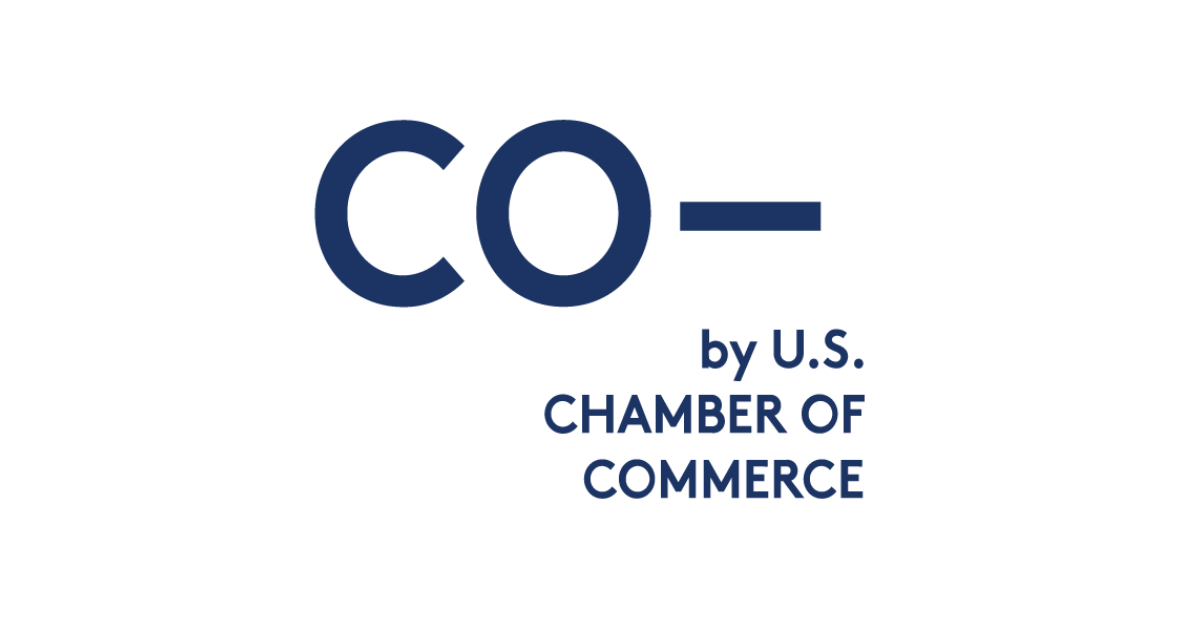
By: Sean Ludwig, Contributor
With many American businesses around the country struggling due to the coronavirus pandemic, the government responded by passing multiple stimulus packages and tax credits. One crucial tax credit businesses should know is the Employee Retention Tax Credit (ERTC).
The ERTC was originally included in the Coronavirus Aid, Relief, and Economic Security (CARES) Act, but it was not widely used because initially, businesses could only take advantage of either the Paycheck Protection Program (PPP) or the ERTC. But Congress revised this provision in December 2020, meaning many more companies may now qualify to receive PPP loans and use the ERTC.
The ERTC has been designed to incentivize businesses of all sizes to keep employees on their payroll during this period of economic hardship. Below, businesses can find important questions and answers to help get a better understanding of these credits and which specific companies are eligible to receive them.
As of December 2020, employers with 500 or fewer employees are able to claim the ERTC if they had a revenue reduction in 2020. Specifically, businesses that experienced a decline in gross receipts by more than 20% in any quarter of 2020 compared to the same quarter in 2019 are eligible.
Additionally, eligibility ends if gross receipts in a 2020 quarter exceed 80% compared to the same quarter in 2019. For example, this means if your business has a 2020 third quarter where revenue is down 21%, but then your 2020 fourth quarter has revenue up by 81%, then you only qualify up to the third quarter.
Regarding tax-exempt organizations that fall under 501(c) categorization, they must have partially or fully suspended all operations in 2020 or 2021 to qualify.
Also, employers may not claim the same employee for this credit and the Work Opportunity Tax Credit for the same period.
Importantly, employers that received a PPP loan and those who receive second draw PPP loans can also be eligible for the ERTC. However, PPP funds and ERTC can not be used to cover the same payroll costs.
The ERTC is worth different amounts for 2020 and 2021, so we will describe them separately.
For wages paid after March 12, 2020, and before January 1, 2021, the ERTC can be applied to 50% of qualifying wages up to $10,000. This means a maximum of $5,000 per employee could be credited back to your company if it qualifies.
For wages paid after January 1, 2021, and before July 1, 2021, the ERTC can be applied to 70% of qualifying wages of up to $10,000 per quarter. This means companies could receive a maximum of $14,000 per employee through June 30.
Wages are not limited to cash payments but can also include a portion of the cost of employer-provided health care. However, compensation does not include paid sick or family leave for which the employer is reimbursed under the Families First Coronavirus Response Act.
Generally speaking, self-employed individuals can not take advantage of the ERTC in regards to their own self-employment earnings. However, some self-employed individuals may qualify for the ERTC if they employ other workers in their trade or business. Given the special rules for self-employed workers, it’s strongly advised to talk over the caveats with a tax preparer if they believe they qualify.
This refundable tax credit can be applied against an employer’s portion of payroll taxes, which are reported quarterly. Basically, your company can be reimbursed for the credit by taking out deposits of payroll taxes that would have normally been withheld from employee wages.
Eligible employers can report wages and related health insurance costs for each quarter on their quarterly employment tax returns via a Form 941 beginning with the second quarter of 2020. Additionally, if a company’s employment tax deposits do not cover the credit cost, that employer can receive a payment in advance from the IRS by submitting a Form 7200. This means potentially having the ability to get the tax credit back early in the form of a check from the IRS.
Companies that believe they are eligible for the ERTC should talk to their tax preparers and payroll companies immediately to see if they can take advantage of 2020 and 2021 credits. The Internal Revenue Service may also issue further guidance regarding the ERTC, so please contact the IRS if you have questions.
CO— aims to bring you inspiration from leading respected experts. However, before making any business decision, you should consult a professional who can advise you based on your individual situation.